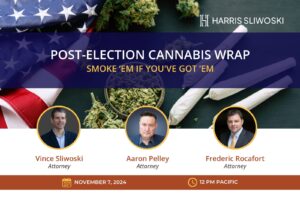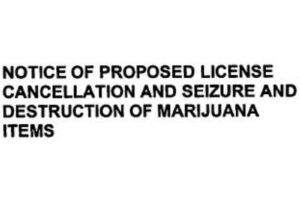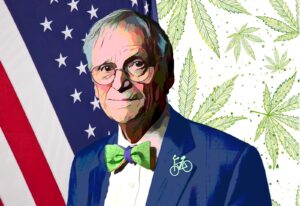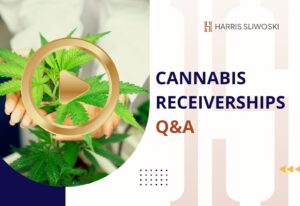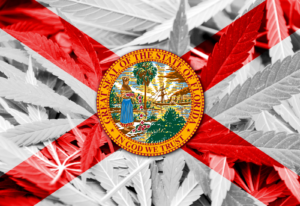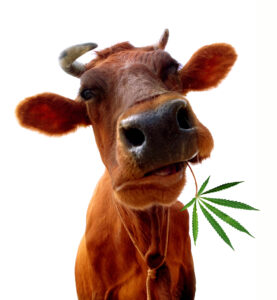The battle to raise the limit of THC allowed in hemp from .3% to 1% continues. The 2018 Farm Bill defined hemp as “[t]he plant species Cannabis sativa L. and any part of that plant . . . with a delta-9 tetrahydrocannabinol concentration of not more than 0.3 percent on a dry weight basis.” It also imposed a controversial “total” THC testing requirement.
In January 2019, we wrote about the lack of any rational basis for setting the demarcation for marijuana v. hemp at .3%. That demarcation, we explained, arose from the work of a Canadian scientist, Dr. Ernest Small, who in the 1970s decided upon a .3% demarcation for purpose of a biological taxonomy. Dr. Small never meant this choice to have legal significance. Indeed in 2016, Dr. Small described this as an “arbitrary threshold.”
At the time we wrote, the USDA was still accepting comments on the interim final rules and we urged the hemp industry to lobby for changing the definition, which it did. But the USDA turned a blind eye and maintained .3% total THC requirement.
In January 2021 we reported on federal legislation introduced by Sen. Paul (KY) to amend the definition of hemp to include cannabis with THC content of up to 1%. Unfortunately, nothing happened on that bill except for a reading and referral to the Committee on Agriculture, Nutrition, and Forestry. Meanwhile the hemp industry continues to suffer from burdensome and unnecessary regulations that are stifling the growth and profitability of this industry.
Recently, the Cannabis Business Times reported on another new piece of legislation tackling this problem. In early February, Rep. Pingree (ME-01) introduced the Hemp Advancement Act of 2022. This bill also seeks to raise the allowable THC threshold in hemp from .3% to 1%. We won’t repeat the linked article.
We will applaud Sen. Paul and Rep. Pingree for their work on this issue. Although the 2018 Farm Bill was a great stride for cannabis its heavy-handed approach to cannabis—particularly concerning testing requirements and the THC threshold—impose significant undue burdens on the hemp supply chain. Those regulatory burdens hurt not only farmers, processors and manufacturers, but consumers as well. Again, the .3% THC demarcation line has no basis except for its cultural adoption by various international and federal agencies.
Hemp businesses and consumers may voice their support for the Hemp Advancement Act to their House and Senate Representatives. The law should change to raise the THC limit in hemp from .3% to 1%. It’s as simple as that.
















